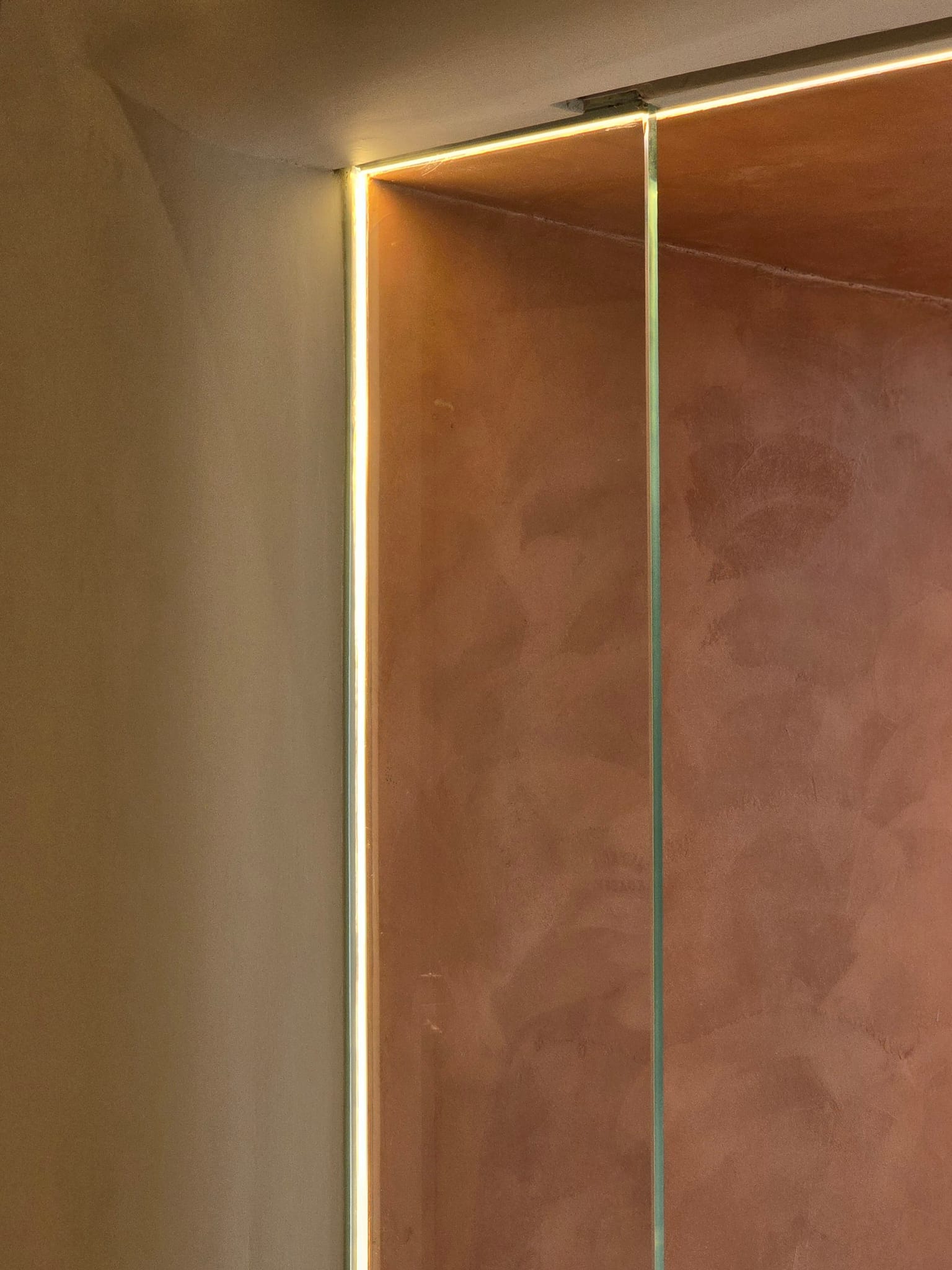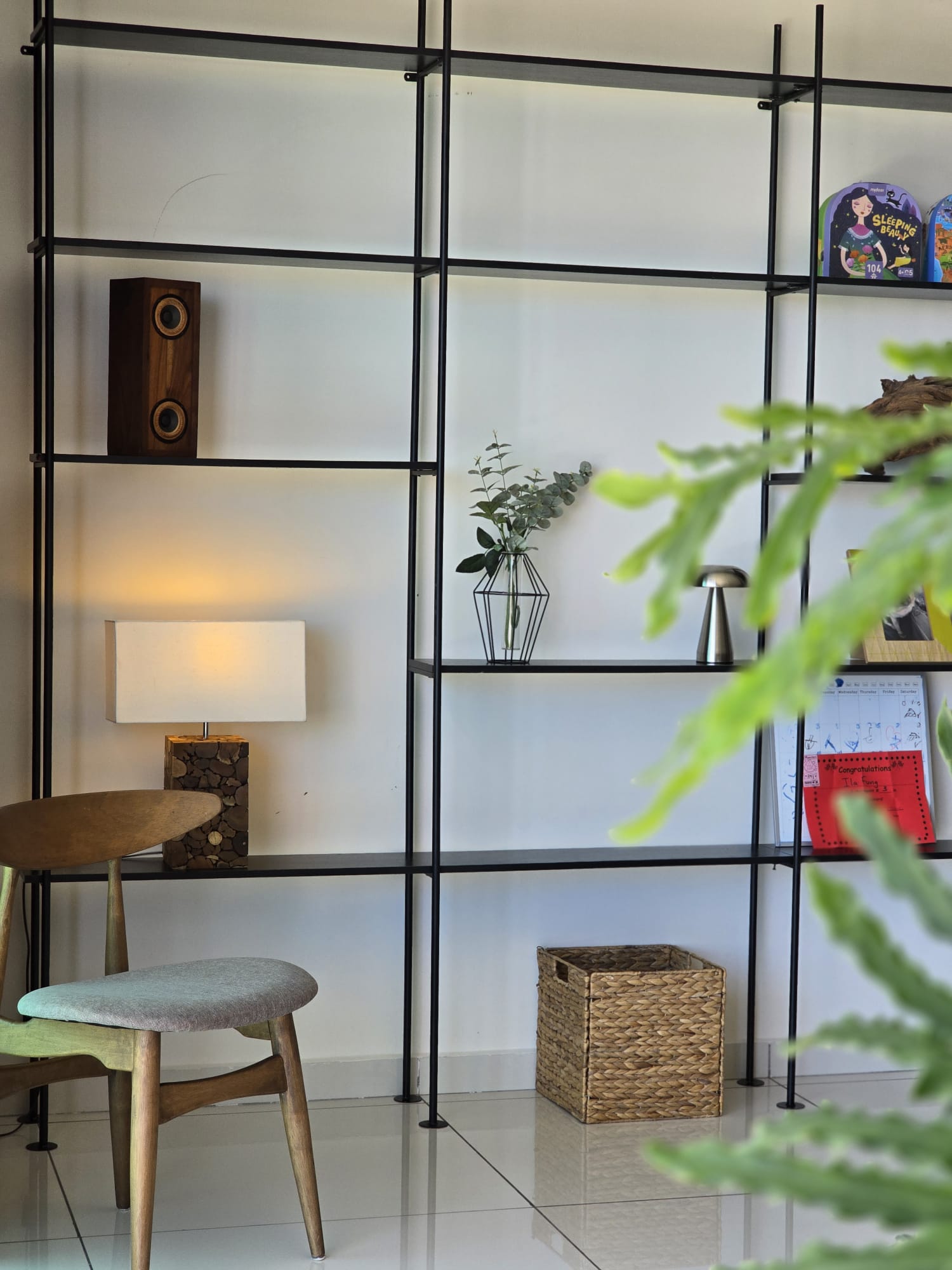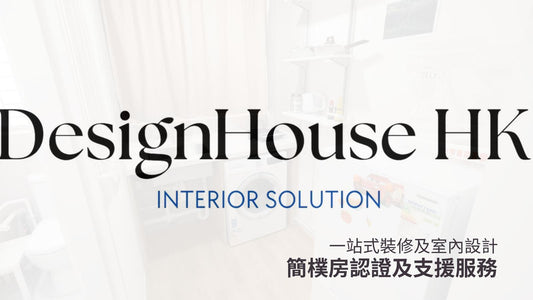
[Cream-style interior design focuses on warming the home]
Share
Creamy design style
The "Cream Style" originated from the minimalist aesthetics of South Korea. It is an interior design style with softness, warmth and comfort as its core. It likes to use the texture of natural cream and low-saturation warm tones. The design language of the cream style emphasizes low-saturation neutral colors, smooth lines, and skin-friendliness of materials, creating a "soft and jade-like" home atmosphere. The cream style combines the practicality of Nordic minimalism with the naturalness of Japanese wabi-sabi aesthetics, and is influenced by the modern "healing design" trend. It breaks away from the cold and hard lines of traditional minimalist style and instead pursues a dual sense of softness in vision and touch, becoming a popular choice for Asian owners or residents in recent years.
The five core elements of cream style
The color tends to be low-saturation cream tones
Main color:
Mainly using neutral colors such as beige, light camel, and milk coffee, it imitates the natural color gradation of cream to create a "wrapped" space.
Secondary Color:
Pair it with soft color blocks such as light gray, oatmeal, and light pink to avoid strong contrast.
Accent color:
Earth tones such as terracotta brown, gray-green, or low-saturation Morandi colors (such as haze blue and gray bean green) are used in some parts to add layers without destroying the overall harmony.
Application tips:
The walls and ceiling use the same color gradient, with matte paint to reduce reflections and enhance the gentle and warm feeling.
The material selection tends to be natural and soft
Wall and floor:
- Microcement, artistic paint: imitates the texture of plain concrete, but with warmer tones.
- Wood-grain tiles or light-colored wooden floors: Light-colored woods such as oak and ash are preferred, as they have a fine texture.
- Woven wall coverings or linen: Add natural texture.
Furniture and soft furnishings:
- Lambskin, suede, corduroy: Fluffy fabrics are the first choice for sofas and armchairs.
- Rattan, solid wood, matte metal: coffee tables and cabinets feature rounded corners and natural materials.
- Frosted glass and paper lamps: diffuse soft light and reduce glare.
Lines and shapes tend to be rounded and smooth
- Furniture Design: Abandon right angles and sharp edges in favor of organic forms such as curved sofas, cloud-shaped coffee tables, and spherical lamps.
- Spatial structure: arched doorways, rounded wall edges, and wavy ceiling lines soften the architectural hardware.
- Detail processing: The cabinet door panel adopts a handle-free design (rebounder or invisible groove) to maintain surface flatness.
Lighting with soft focus filter
Natural Light:
- Large floor-to-ceiling windows are paired with translucent gauze curtains to maximize the introduction of soft daylight.
Artificial light source:
- Multi-level indirect lighting: hidden light strips, wall lamps, and floor lamps replace the main lights.
- Color temperature selection: 2700K-3500K warm yellow light to avoid cold white light destroying the atmosphere.
- Accent lighting: Use adjustable angle spotlights locally to highlight decorative paintings or sculptures.
The spatial layout emphasizes the balance between transparency and functionality
- Open planning: the living room and dining room are integrated, with fewer partition walls and areas defined by furniture or half-height cabinets.
- White space philosophy: retain 30%-40% of the blank area to avoid excessive stacking of soft furnishings.
- Storage design: built-in cabinets and platform bed storage to maintain visual simplicity.
The cream style design is more suitable for small units, such as families with 1-2 people. The cream style magnifies the sense of space through minimalism and the concept of leaving blank space. If there are children in the family, the effect will be inferior because there are more things. However, through interior design and space planning, the warmth of the cream style can be highlighted at the same time, and there is enough storage space.
Cream style vs. similar styles
Cream interior design style

Color: Warm neutral
Material: Flannel/Microcement/Rattan
Lines: Curved organic shape
Atmosphere: Warm and healing
Nordic interior design style

Color: White+Black+Gray+Wood
Material: pine wood/iron/glass
Lines: Simple straight lines
Atmosphere: Simple and practical
Wabi-sabi interior design style

Color: Wood color + white
Material: Bamboo/Cotton/Recycled Materials
Lines: right angles + low furniture
Atmosphere: Natural Zen
The cream style is not simply a "color imitation", but a systematic integration of materials, light and shadow, and lines to create a living atmosphere of "being surrounded by warmth". The key to success lies in "less is more" - "abandoning complicated decorations and focusing on tactile and visual comfort", ultimately presenting a "high-end and relaxing" home experience. For modern people who pursue "home as a safe haven", the cream style is redefining what an ideal living space is in an unobtrusive manner. Design House HK's interior design service is managed by designers with more than 10 years of interior design experience. We also have a professional decoration team to realize your dream home. You are welcome to make an appointment with our designers at any time.






